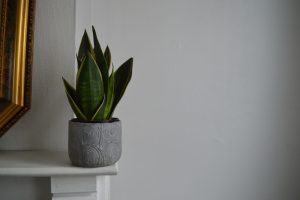“Nothing is so beautiful as Spring,” wrote Gerard Manley Hopkins, “When weeds, in wheels, shoot long and lovely and lush.”
Not many of today’s gardeners could wax lyrical over a wildflower meadow as did Hopkins. They generally don’t pay attention.

Closely shorn grass lawns first emerged in 17th century England at the homes of large, wealthy landowners.
They have since become an obsession throughout suburbia. People today have become obsessed with the perfectly manicured turf, suspiciously green even during months when it’s supposed to be brown.
In such settings, Hopkins’ wildflowers are weeds – unwelcome invaders in an otherwise ideal landscape.
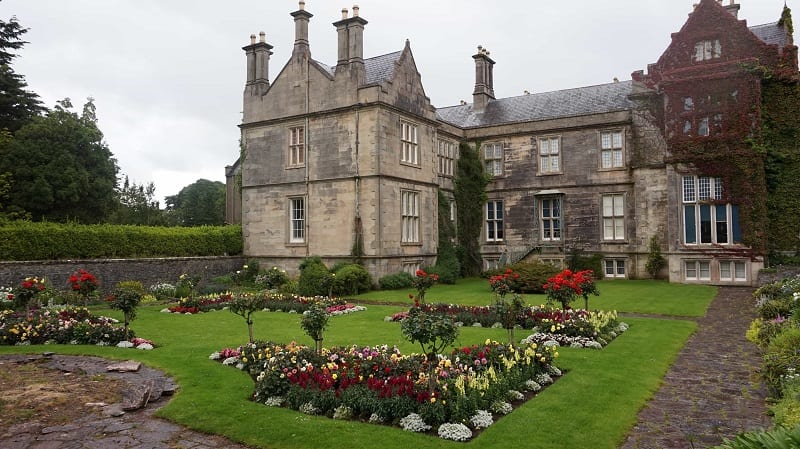
The Mini-Meadow Movement
Contents
But the little random blooms that grow on roadsides and abandoned yards have their own following – and it is growing.
The so-called “anti-lawn movement” has been around now for several decades. In that time, thousands of American families have dug up their lawns and put in vegetable gardens and wildflowers.
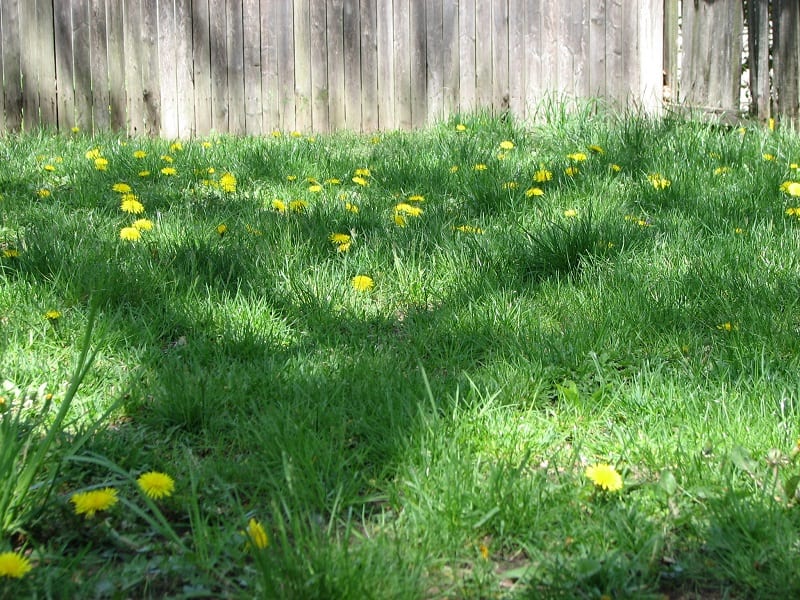
The movement has recently gained fresh momentum as more homeowners have begun to encourage the backwoods into their gardens in the form of mini-meadows.
A mini-meadow is essentially an area that gardeners have restored to the charge of nature. In these small plots, woodland violets, spring beauties, daisy fleabanes, and dandelions take precedence over Kentucky bluegrass and Zoysia. And for good reason.
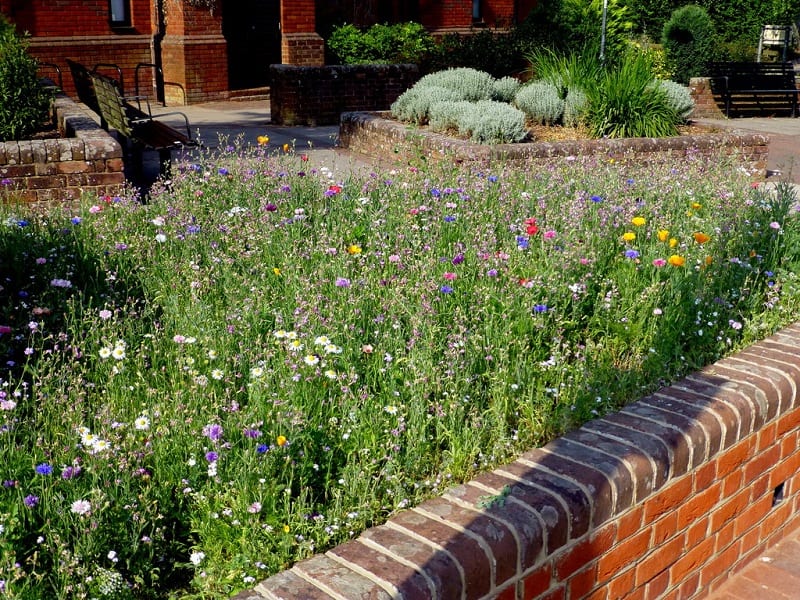
Vanishing Wildlife
Next time you take your dog out on a walk, take a mental census of the wildlife in the yards you pass. What you’ll soon find is that the pristine lawns have almost no insects. There are no ladybugs, bees, or butterflies. No beetles, no grasshoppers, or spiders in the grass.
Where there are no insects, there are also no frogs and songbirds. Some 96 percent of the world’s songbirds rely on insects to feed their young.
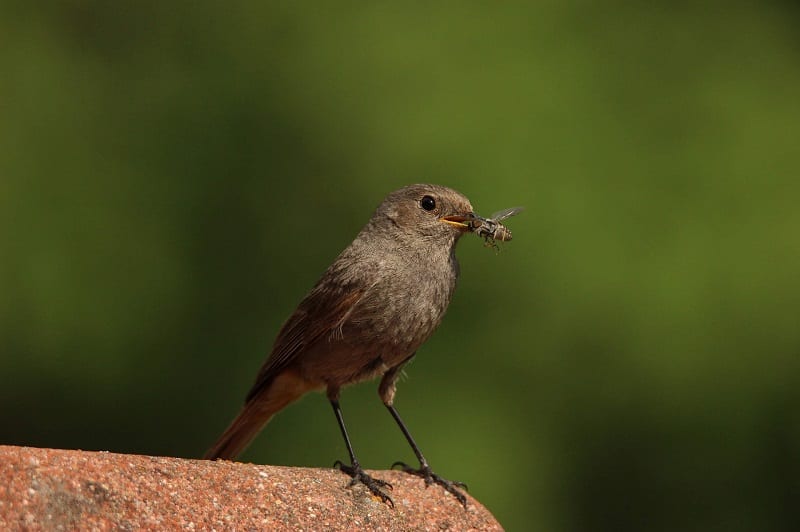
(Photo: Thomas Wilken/Pixabay)
Why You Should Grow a Mini-Meadow
The reason for the absence is of insects and other wildlife is simple. Instead of weeding, many gardeners choose to use chemicals to keep wildflowers off their lawns. They kill the ones that do manage to germinate with even more chemicals.
“Chemicals” here is another word for “poison,” and they kill wildlife as effectively as they kill weeds.
Bees are especially imperiled. A recent study has linked glyphosate – the active ingredient in the weed-killer, Roundup – to disease and death in bees.

Wildflowers arrive, through no effort at all, to feed the bees and the butterflies. Anybody who pays attention would see the importance of the role they play in the ecosystem.
Bees pollinate 70 percent of the plants that provide nearly all of the world’s nutrition.
If you are growing vegetables in your backyard, then you’ll need pollinators to produce a harvest. You also need them to cross-pollinate the flowers you’ve worked so hard to bring to bloom.
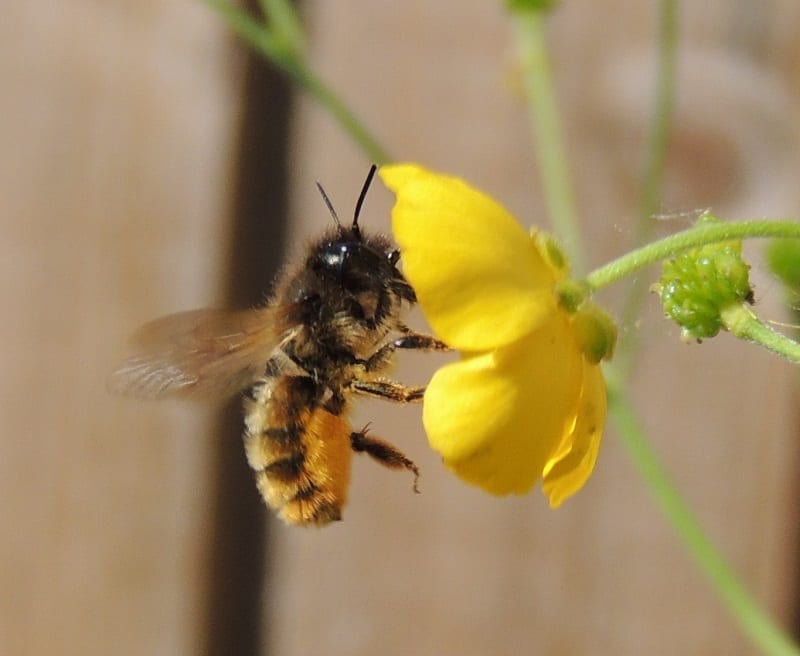
How to Grow a Wildflower Mini-Meadow
I Give the lawnmower a rest. Conscious disregard will transform that corner into a thriving mini-meadow.
What comes up from the patch of untended ground depends on where you live. You can never really know what to expect, and that is part of the pleasure of the project.
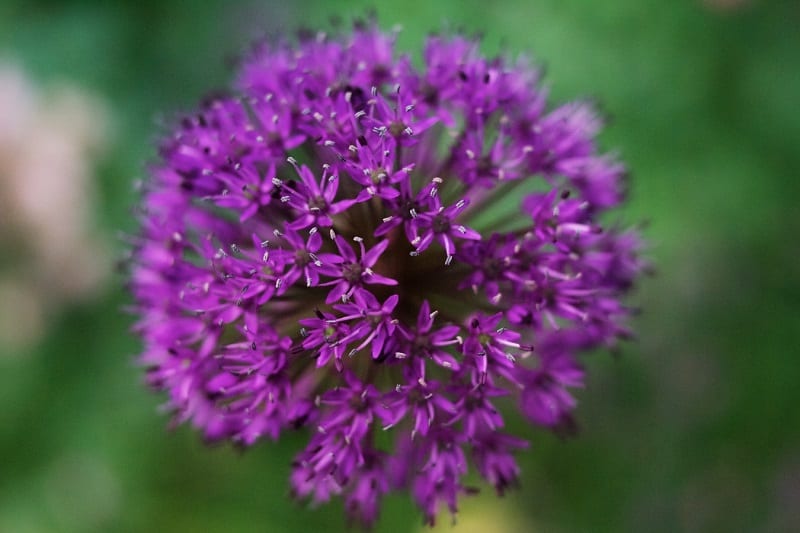
Left alone, your turf is likely to produce pretty little daisies, clovers, and buttercups. But you can also get wild orange lilies, chickweed, and partridge berries. If you live in Australia, you may expect crimson myrtle, lovely tufts of smokebush, and glorious mountain bell.
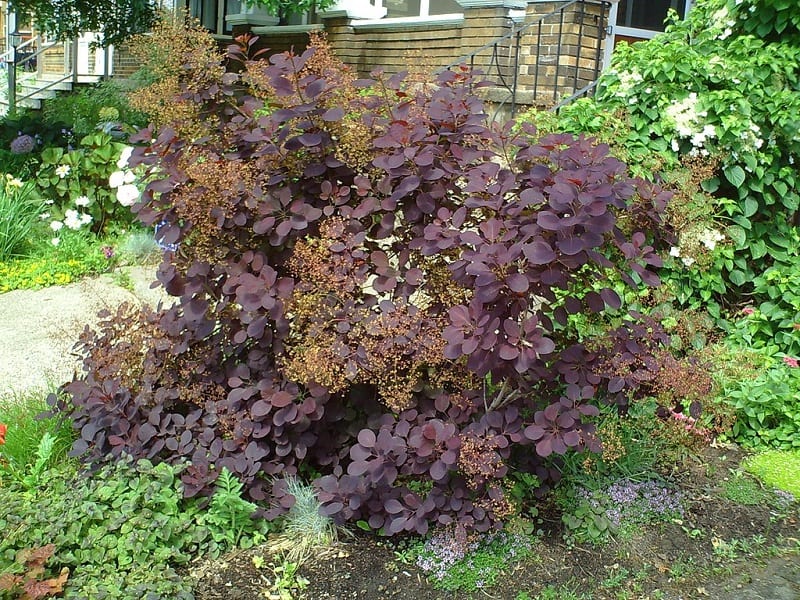
Meadow Maintenance
Once your meadow has established itself, you’ll need to follow a schedule of cutting. If you have managed to grow a lush patch of mini-meadow, cut it back to a height of 3 inches in the spring. You should complete the cutting no later than the end of April.
The main summer cut should remove much of the material. Be sure to collect all the cuttings for compost. If you don’t, the rotting debris will fertilize the ground and encourage tough grasses at the wildflowers.
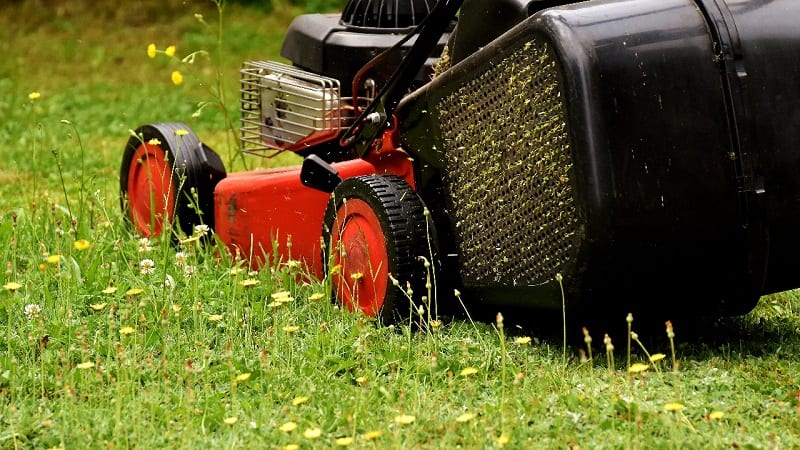
You should cut sometime between late June and the end of August. An earlier cutting favors cowslips, fritillary, bugle, and lady’s smock, among others. Cutting in August will coax summer flowers such as knapweed, devil’s bit scabious, and lady’s bedstraw.
You can use a hand scythe or a strimmer for smaller areas. If you plan to devote a large area to wildflowers and native grass, then a lawnmower would be your best bet.

Your mini-meadow doesn’t require any additional watering. Too much water could alter the natural balance of plants in the area.
Many native types of grasses have adapted to tough environments. The additional water will only encourage excessive growth. This will consequently crowd out the more desirable flowering plants.
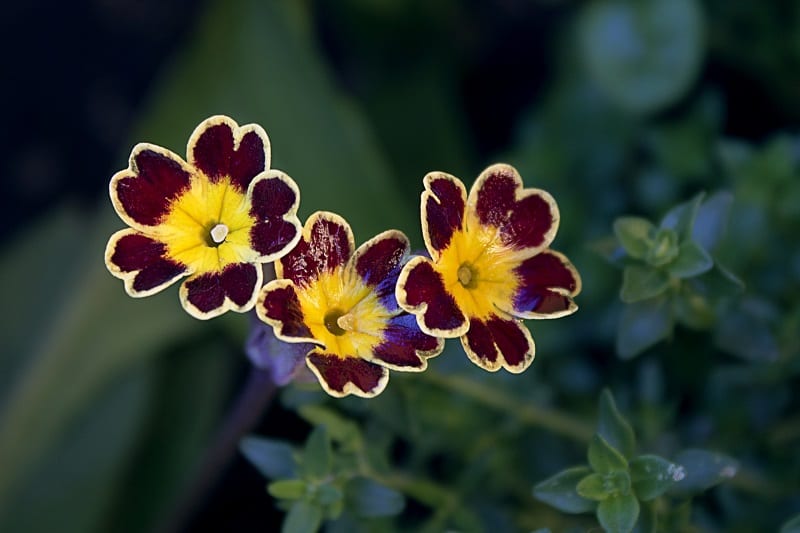
More Than Just Beauty
It was not so long ago when our practical ideas about how to achieve the beautiful were limited to smooth, velvety lawns and foreign grasses and shrubbery.
We’re paying the price for the boundaries of our imagination now.
Mini-meadows are about a lot more than just beauty. Wildflowers are beautiful, of course, and there’s a real-world benefit to them, as well. Reducing water consumption and the frequency of mowing saves us money, after all.
But the significance of beauty and cost-cutting can’t compete with the earnest effort to rescue the environment and make our backyards welcoming to wildlife again.


